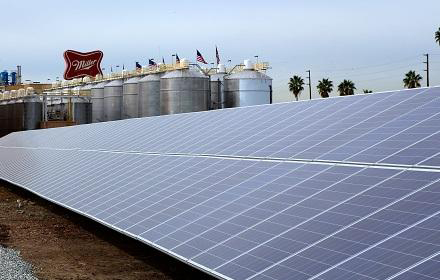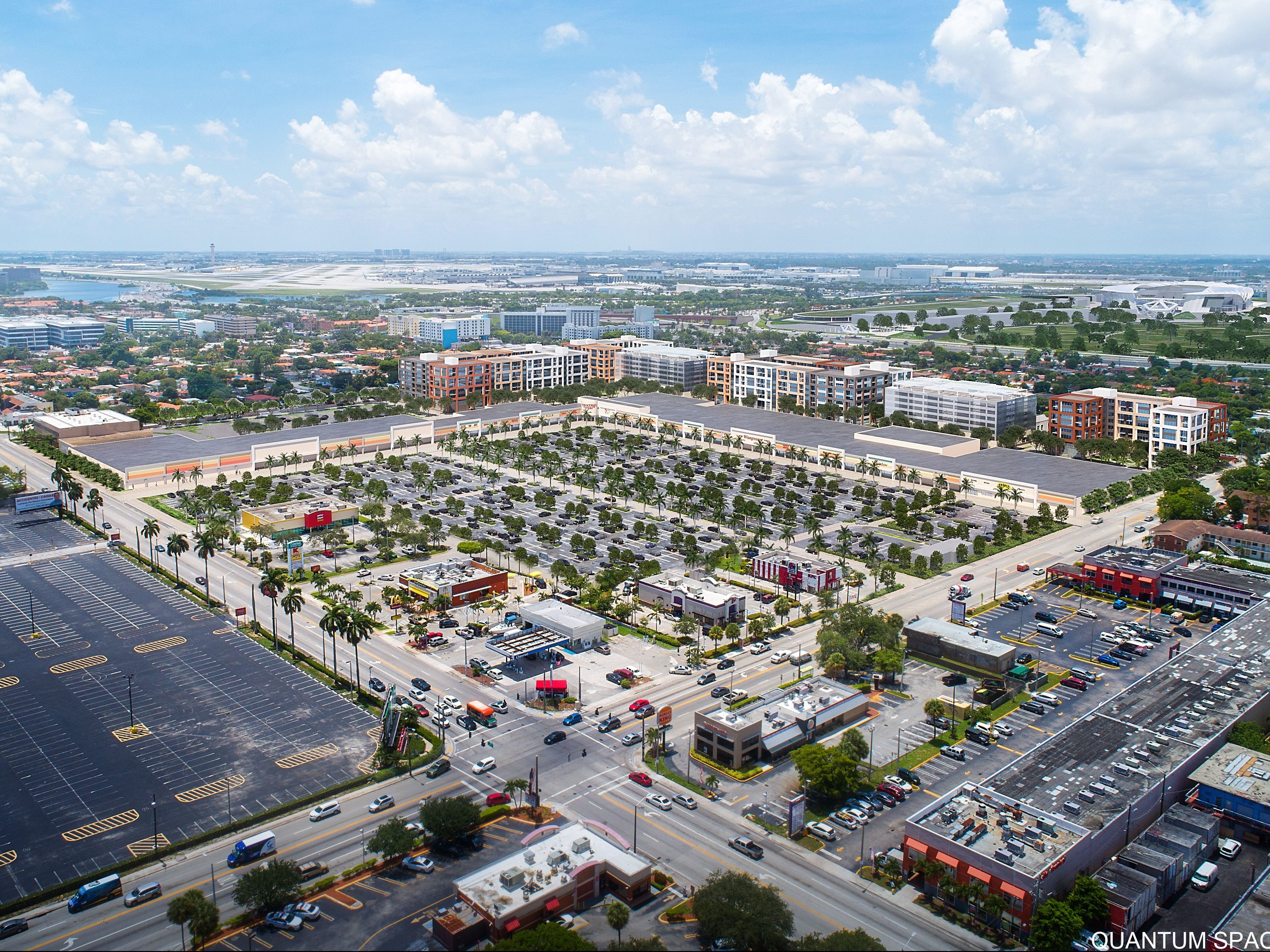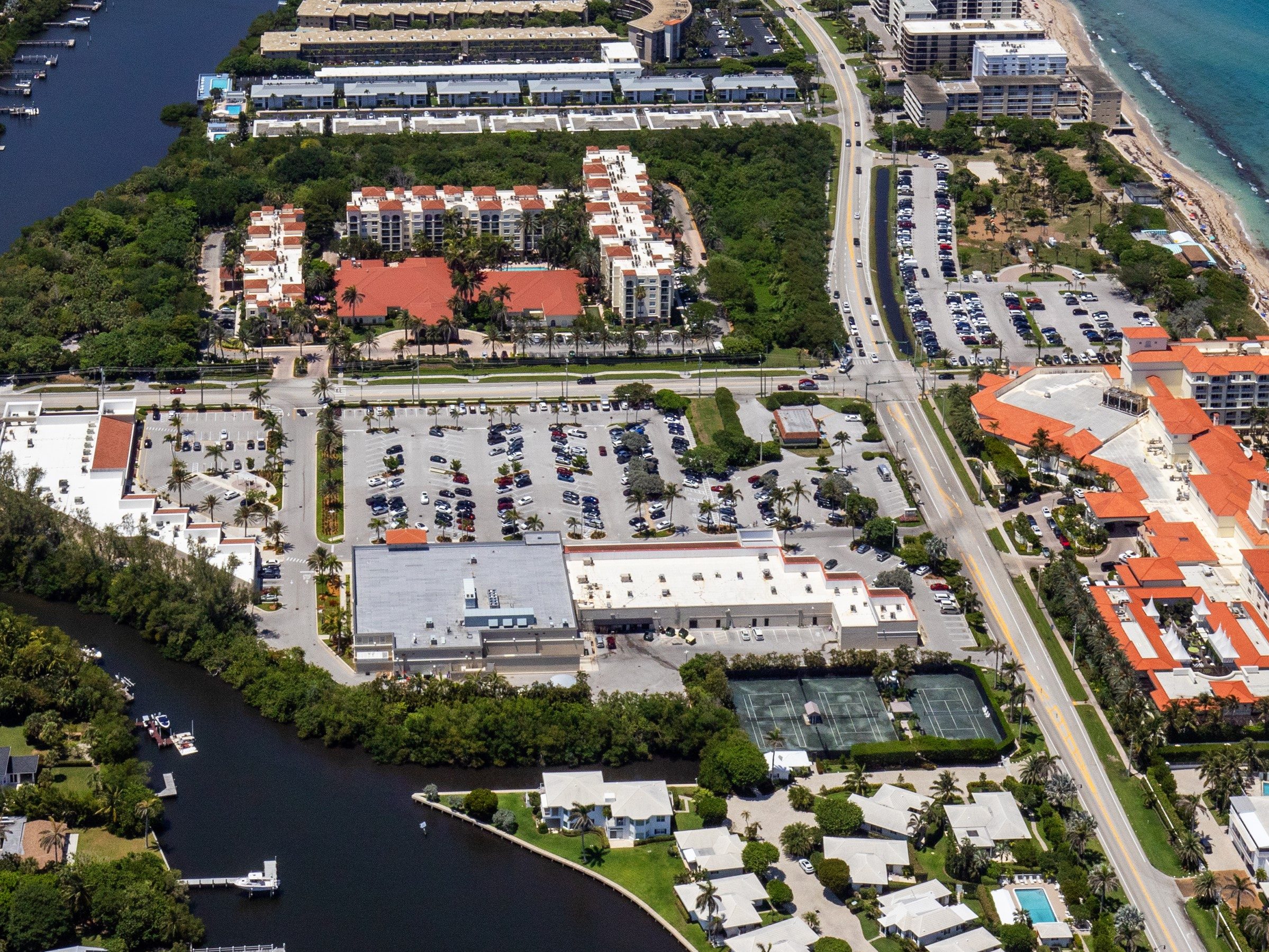April Issue: Sustainability—Decentralization Nation
Grid reforms focus on ‘distributed energy resources’ networks.
By Brad Berton, Contributing Writer
Ready for the rise of the DERs?
Ready or not, historic changes to how electricity is generated, delivered and managed are coming. Those reforms have far-reaching implications for commercial property owners and managers. Starting with programs in New York and California, generation and distribution of electricity are likely to morph from today’s centralized model into decentralized networks that integrate on-site generation equipment and other distributed energy resources, or DERs.
“What we are seeing here is a transformation to more of a distributed generation model,” rather than centralized production in big power plants remote from where electricity is consumed, observed Dave Gralnik, director of alternative energy at JLL.
Forward-looking facilities and energy professionals able to identify reform’s implications, and adjust accordingly, stand to reap the rewards from new models and business relationships.
Savvy pros should be preparing now to shift from traditional distribution grids to “smart” two-way networks that integrate power sources controlled by a new lineup of stakeholders that includes energy consumers, third-party vendors and repurposed utilities. Indeed, reforms targeting electricity customers seem destined to shake up relationships among those parties, who will likely be required to share critical distribution, consumption and pricing data in order to optimize network efficiency.
As currently envisioned, the new marketplaces will feature multi-party arrangements under which specialists provide equipment and services to help utility customers manage rosters of DERs.
The revised models will incentivize not only renewable sources such as solar, geo-exchange and wind but also storage technologies, various energy-efficiency services, demand-response capabilities, hydrogen fuel cells, cogeneration systems, microgrids and more.
Time to Prepare
So even though these models may still be years from fully taking shape, now is the time for decision-makers to start compiling rosters of potential best-in-class partners, and perhaps to consider bringing experts on board to manage those relationships.
The move to decentralized generation networks will not happen overnight. Since the emerging models no longer tie shareholder profits strictly to production and sales, investor-owned utilities (IOUs) and fossil-fuel interests appear intent on hindering reform.
The new models taking shape in New York and California will promote coordination of generation and distribution networks that more efficiently and effectively route power to where it’s needed, with an increasing portion of it generated from renewable sources.
Nor will reform necessarily take hold consistently. As regulators recognize, changes will unfold state by state and grid by grid. Disruptive overhauls will mark reform in some places; in others, change may be negligible.
“The grid-edge transition will be an ongoing and iterative process, adapting as events unfold over the coming years,” energy policy consultant Bentham Paulos of PaulosAnalysis predicted recently in an opinion piece for Greentech Media. But for the moment, California and New York “are the best indications of where things are headed,” Paulos added.
State-by-state variations aside, utility decision-makers will need to respond over the next few years to the 2020 deadline for initial compliance with the U.S. Environmental Protection Agency’s Clean Power Plan. The consensus is that these rules will lead to retirement of part of the nation’s fleet of coal-fired power plants, thus requiring increased reliance on other resources. However, specifics are not scheduled to emerge until the EPA issues key rules this summer.
Accordingly, it is likely that commercial property executives will encounter dramatic changes in a hefty chunk of the nation’s electricity markets. As San Diego Gas & Electric CEO Jeff Martin put it during the Distribu-TECH 2015 utility conference in February: “A new world is opening before us.”
East Coast/West Coast
In light of California’s sometimes painful experiments with deregulation, often linked to the notorious “rolling blackouts” of the early 2000s, the state’s investor-owned utilities will apparently continue to play a prominent role in integrating distributed resources and overseeing related services.
Despite some major differences, grid reform efforts in New York and California have much in common. A draft document related to California’s Distribution Resources Plans describes the basic mission as “moving the IOUs toward a more full integration of DERs into their distribution system planning, operations and investment.”
Specifically, California’s revised regulatory code requires the IOUs to “identify optimal locations for the deployment of … distributed renewable generation resources, energy efficiency, energy storage, electric vehicles and demand-response technologies.”
New York’s program, dubbed Reforming the Energy Vision, likewise emphasizes DER integration. That said, the New York plan more explicitly aims to break up utility monopolies in a quest to unleash competition and create efficiencies. Rather than having the IOUs oversee DER integration to the extent envisioned in California, the REV plan calls for utilities to morph into entities called distributed system platforms (DSPs), which will rely on entrepreneurial innovation to develop distributed generation markets and related services.
A recent statement from the New YorkState Public Service Commission explains the rationale for this more market-driven strategy: “By restricting utilities from owning local (behind-the-meter) power generation and other energy resources, customers will benefit from a more competitive market, with utilities working and partnering with other companies and service providers.”
According to a recent commercial real estate industry presentation by building energy consultant Michael Flatley of Steven Winter Associates, the DSPs will help integrate DERs into the grid by facilitating interaction among grid operators, electricity customers and the third-party energy specialists. These activities should, in turn, promote development of DER standards and best practices, which will further boost innovation and investment.
Peter Rive, co-founder & chief technology officer of SolarCity, offered a nod to New York’s more market-oriented plan in a February blog: “It will be important to unlock new markets that reward the implementation of innovative services over inefficient and outdated ratepayer-financed infrastructure.”
SolarCity’s recent commercial projects include an installation of some 10,000 solar panels at the MillerCoors brewery near Los Angeles in Irwindale, Calif. Completed in January, the 3.2- megawatt installation is the largest at a brewery in the United States.
DERs: Cheap, Reliable
In time, predicted JLL’s Gralnik, reform-driven innovations in DERs and related services should substantially cut costs and improve reliability for property owners and occupants, The initiatives underway on opposite coasts amount to an acknowledgement that on-site generation offers cost advantages over remote production and distribution, he argued.
Moreover, the emphasis on curtailing demand during peak periods should give property operators an incentive to link with suppliers of other money-saving DERs such as automated demand-response programming, storage batteries, fuel cells and back-up generators, Gralnik noted.
Bob Best, JLL’s energy and sustainability chief, added that beyond cost considerations, resiliency and redundancy are pushing decentralization. That reflects the costly disruptions of California’s blackouts and the more recent lessons of Superstorm Sandy. The anticipated networks of DERs are a “logical next step” beyond backup generators and other tools that come up short during disruptions, he said.
“Some of our clients are more motivated by these reliability matters than energy costs alone,” Best observed. Hence the expectations that independent energy microgrids will proliferate, along with cogeneration facilities that tap the excess heat energy produced by gas- and diesel-fueled generators.
All of these rank among the technologies that will presumably become increasingly cost effective as reform encourages innovation.
The linchpin of these lower-cost, lower-carbon networks is the exchange of real-time two-way data, which will yield valuable information about critical factors such as wholesale electricity prices and weather conditions, plus granular detail about customer usage and load-curtailment capabilities.
As the new networks develop, this data will help identify where DERs can be most effective, while pinpointing and easing choke points. And providers can more efficiently determine how to purchase surplus distributed generation, and transmit to where it can be most effectively utilized.
While there is little doubt that experiences in the Golden and Empire states will shape strategies nationwide, anti-reform efforts by utility and fossil-fuel lobbies make the timetable for evolution hard to predict. After all, consultancy Accenture estimates that utilities will lose nearly $50 billion in revenue through 2025 on account of distributed generation.
But industry innovators have devised solutions that should help ease the burdens of reform on utilities. These measures include decoupling profits from energy-sales revenues, adjusting revenue streams to compensate for lower sales, and incentives for boosting efficiency.
And on another encouraging note, in a recent survey of more than 430 electric utility executives by information service Utility Dive, 56 percent indicated that they favor opting for performance-based rate structures in place of traditional cost-of-service revenue structures.







You must be logged in to post a comment.